We have a set of 4 control signals at 3.3V. For each of these control signals, we want to generate a pair of output signals. For example, if \$control_1\$ is high, then \$out_1\$ is 24V and \$out_1inv\$ is 0V. We do have a 24V rail to work with. So far we've accomplished this with a set of 4 DPDT relays. I was looking to see if there was a "better" way. When I say "better" I mean smaller, more power efficient, more reliable, and less expensive. I've been reading about push/pull and totem pole drivers, but I'm wondering if there is something simpler to generate the complementary outputs in the same small sub-circuit, rather than 2 separate push/pull circuits per control input.
EDIT: I should note that each of the 24V outputs (inverting and non-inverting) need to drive an optocoupler when high that has an input impedance of 4.7kOhms
EDIT 2: Here is the diagram showing the optocoupler load.
EDIT 3: There are 8 individual optocouplers to drive. 4 should be driven at any given time. All of the 0V connections to the optocouplers are connected to the system ground inside of the device. So I don't think low side switching is going to work for this application.
